slow231
No longer a newbie, moving up!
a few shots of my kid. this is my first post, been lurking for awhile though! it's fitting since he is really the reason i got into photography. i took a film class in HS but never really got into it. fast forward a few (many) years, and after seeing my wedding photographer's pics, i really got an appreciation for good photos. not too soon after the wife was pregnant and i figured it was time to figure out how to capture little guy's moments!
cc 100% welcome
1: Announcement picture. originally bought flash/reflectors etc for this. in the end (after a couple of restless nights...), I shot this 100% spur of the moment with just natural light coming through the front door. there wasn't a big enough beam of light and you can see it cutoff on his head/hair. my other main gripe was the crooked basket covering along the front. probably could have done better in more than a few ways, but in the end was so caught up in being a new dad (and he was too fussy) for me to take a second crack at it.

2: Kind of a self portrait. on the front porch with ton of sunlight coming onto my face which helps the reflection. doesn't pop as much as i'd want. probably going to redo this at some point (especially since he's a lot more cooperative these days), so any tips for the redo are appreciated. maybe more of his face? i had a few like that but felt the reflection was more lost in those.
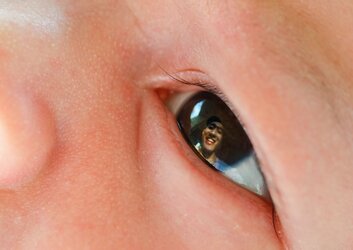
3: First beach trip. i know, i cutoff the hand! but I like the DOF and framing, just enough space on the left to address the gaze and give scene cues and nothing more. what do you guys think?

cc 100% welcome
1: Announcement picture. originally bought flash/reflectors etc for this. in the end (after a couple of restless nights...), I shot this 100% spur of the moment with just natural light coming through the front door. there wasn't a big enough beam of light and you can see it cutoff on his head/hair. my other main gripe was the crooked basket covering along the front. probably could have done better in more than a few ways, but in the end was so caught up in being a new dad (and he was too fussy) for me to take a second crack at it.

2: Kind of a self portrait. on the front porch with ton of sunlight coming onto my face which helps the reflection. doesn't pop as much as i'd want. probably going to redo this at some point (especially since he's a lot more cooperative these days), so any tips for the redo are appreciated. maybe more of his face? i had a few like that but felt the reflection was more lost in those.

3: First beach trip. i know, i cutoff the hand! but I like the DOF and framing, just enough space on the left to address the gaze and give scene cues and nothing more. what do you guys think?







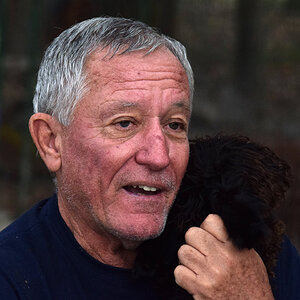
![[No title]](/data/xfmg/thumbnail/37/37539-ae46a74e6510aad73c9101a029847880.jpg?1619738133)
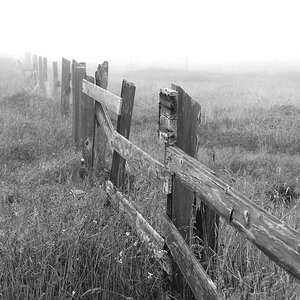
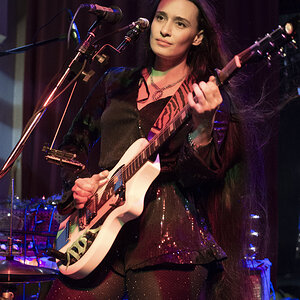
![[No title]](/data/xfmg/thumbnail/39/39470-ad2036a502fde3b73f73e2b45e674866.jpg?1619739042)
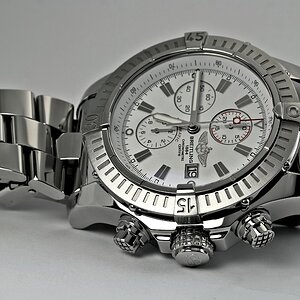
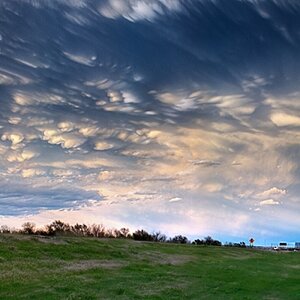
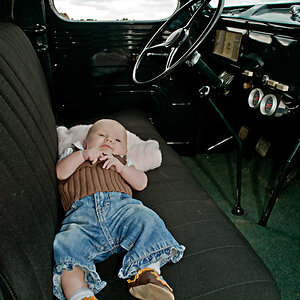

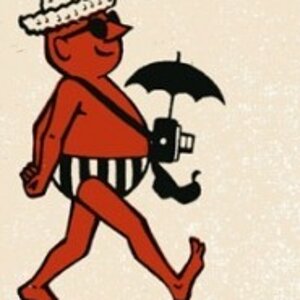
![[No title]](/data/xfmg/thumbnail/33/33357-bd174890e33fb2a7f7338b9278e6dad2.jpg?1619735920)
